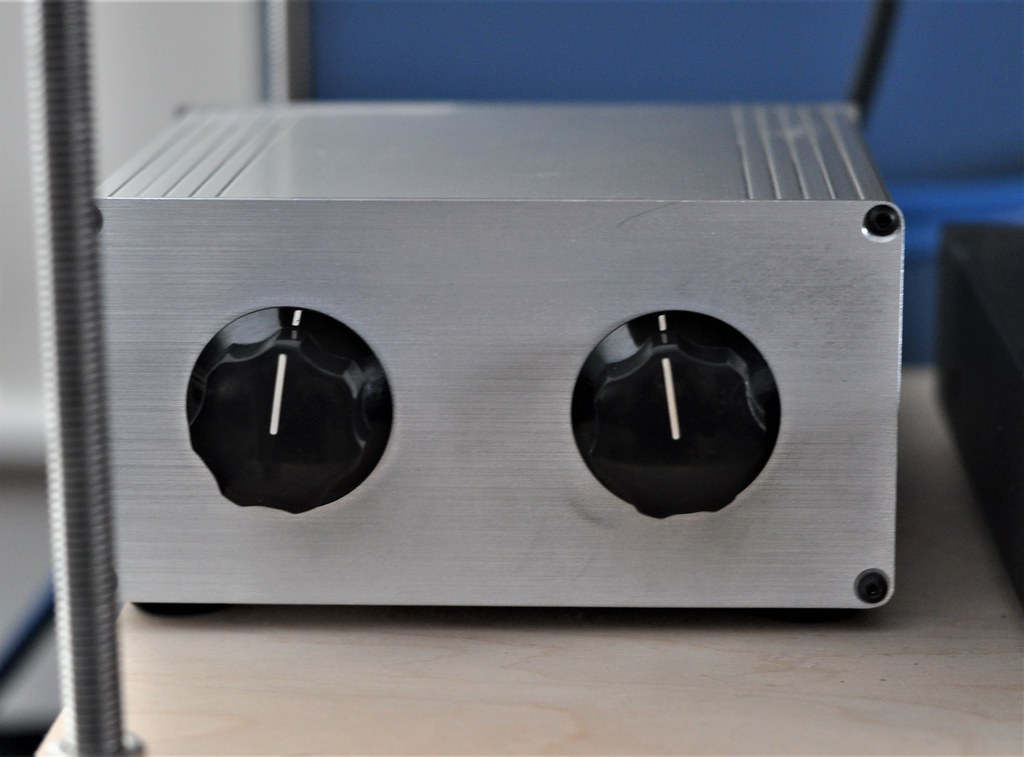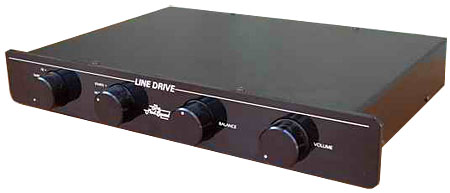Hello,
In a discussion on one of my previous post the topic of pasive preamp stages came up. This person claimed that they were not ideal and should be avoided.
I didn't follow up why that was because I didn't want to go to much off topic.
But I want to ask the question now.
Why or if they should be avoided?
In my mind they make sense.
The dac plays it's full range signal that I would believe is it's optimal ouput level.
There is no processing needed in your dac/streamer.
No circuits to that can add distortion and/or noise.
You lower the noise comming in from the input device.
It's an input selector with a potentiometer in a box. What could go wrong
If the output of the DAC is high, and the listening is low, then the passive-pre has a lot of attenuation.
Let’s say maybe 30-40 dB.
Let’s say it is 1k ohm output impedance… Then you have 10000:1 attenuation, and now the output impedance is 1M ohm.
30dB would be 100k (maybe I am in voltage rather than power, but you should get the point.)
If you are driving an IC which is long and the input impedance of the amps is low then the you can get a coloured system, because the driving end has a loose grip on the cable. And you end up in a situation where every IC you try can be heard as affecting the colouration of the system.
And might go down the rabbit hole of trying cables.
The only reason I can think of to avoide them is the non linearity of the potentiometer channels.
Am I missing something here?
Ideally a passive-pre would be using a transformer rather than a potentiometer, and the output impedance would be less affected.
Running it wide open would be fine though… a that point it is just a wire.
I think you would want to have your DAC set to the lowest output voltage, and if the amp is selectable, then use the lowest gain.
So the worst case is a high output selection on the DAC, some sensitive horns that require massive attenuation, long ICs which have high inducance and/or capacitance, AND a low listening volume.
A preamp which has a constant output impedance allows for listening to it loud or quiet, and usually has noise that is below the threshold, and distortion that well below what the speakers have.
The problem is that having no other source devices that need to be switched in, it is easy to want a passive pre.








 HP stuck the stuff everywhere.
HP stuck the stuff everywhere.